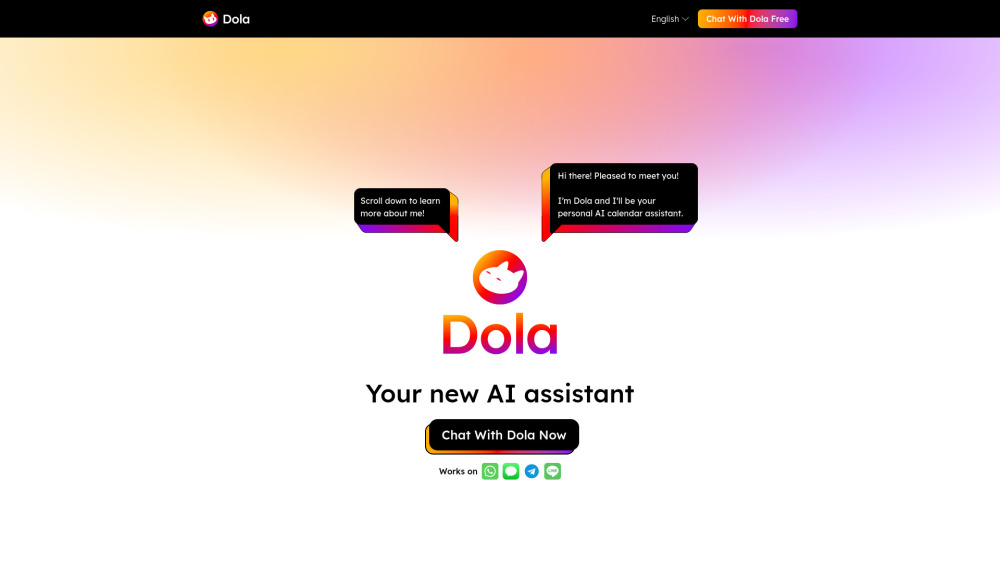**Revolutionizing Robot Safety and Efficiency with AI: Insights from Boston Dynamics**
Boston Dynamics is taking significant strides to enhance the safety of its agile and autonomous robots by integrating AI-driven self-learning technology. During a panel at the AI Summit in London focused on innovation and responsibility, Brendan Schulman, Vice President of Policy and Government Relations, offered insight into the company’s mission to use robotics for positive impact.
"There's a reason we didn't give our new Atlas robot conventional eyes," Schulman explained. "Instead, it features a design reminiscent of a Pixar character. We aim to dispel the science fiction fears associated with advanced robotics."
The robots developed by Boston Dynamics are already making a difference in various scenarios, including aiding in the rescue of kidnapped children in Florida. In one notable incident, a Spot robot was involved in a shootout in Massachusetts, showcasing its versatility and capabilities in high-stress environments. Other robots are deployed in critical tasks such as bomb disposal, revealing the potential of AI to enhance public safety.
"While most of our robots are utilized in industrial settings rather than public safety, we're committed to improving their capabilities," Schulman noted. He mentioned a case involving a Spot robot used for inspections in a beverage manufacturing facility, which struggled to navigate a wet floor. By applying reinforcement learning, the team enabled the robot to traverse challenging surfaces with remarkable accuracy. This innovation was subsequently rolled out as a free software update for the entire Spot robot fleet, enhancing their reliability significantly.
In addition to internal advancements, Boston Dynamics actively engages in broader governance discussions. States like Massachusetts, California, and New York have introduced legislation aimed at preventing the weaponization of robots. "This is a crucial aspect of AI governance," said Schulman. "While we often discuss issues like misinformation and intellectual property concerns, the tangible impacts of AI on our lives can't be ignored. I advocate for creating an international framework that fosters collaboration among governments globally."
The impact of robotics extends beyond safety and governance; it has the potential to revolutionize human health by alleviating the burden of mundane, hazardous manual labor. One of Boston Dynamics' lesser-known innovations is Stretch, a warehouse automation robot designed for heavy lifting and logistics tasks. "Stretch automates back-breaking jobs that workers often despise," Schulman stated. He envisions a future where human operators transition into roles as 'robot wranglers,' overseeing and managing automation processes.
Research indicates that the workforce is aging and birth rates are declining, leading to a looming labor shortage. Schulman emphasized the necessity for increased automation in manufacturing and logistics to address this gap. "Collaboration between industry and government is essential," he insisted. "By investing in workforce training and promoting STEM education, we can equip individuals with the skills necessary to work harmoniously with automated technologies, ultimately making their jobs safer, more rewarding, and better compensated."
As Boston Dynamics continues to innovate in robotics and AI, the focus remains on ensuring that these technologies serve to enhance human capabilities and contribute positively to society. Through careful implementation and oversight, the future of robotics holds promise for a safer, more efficient world.





